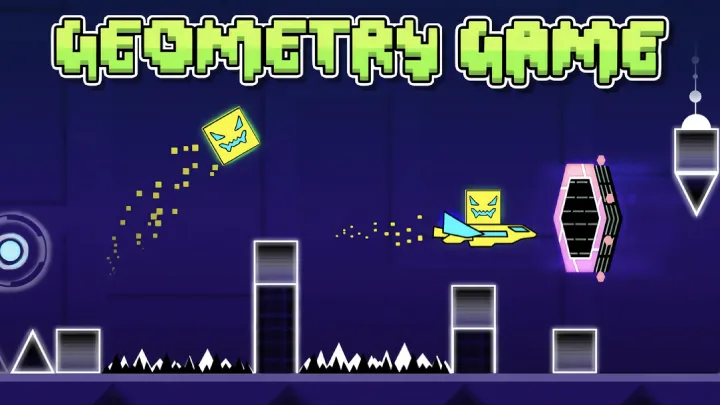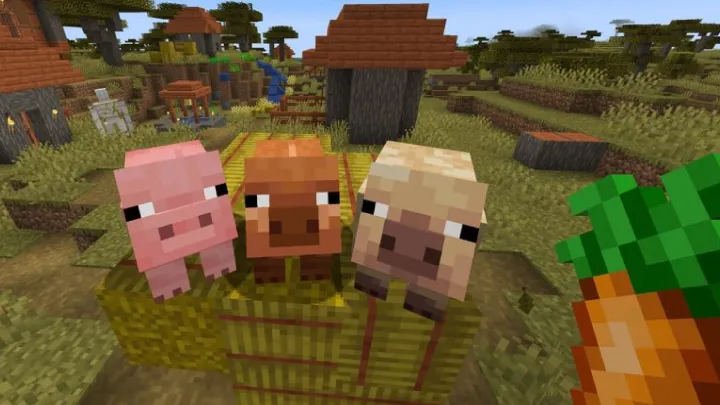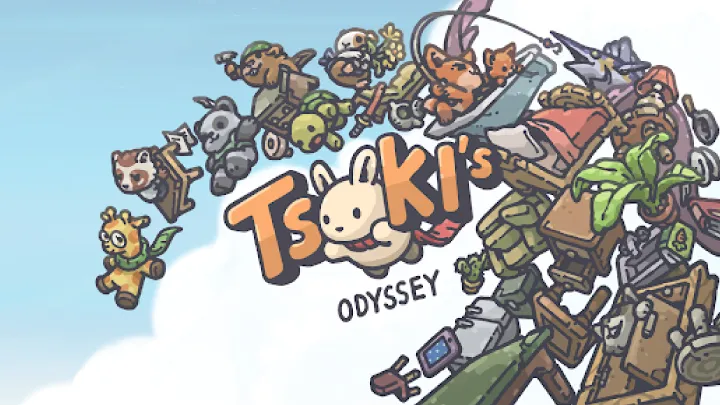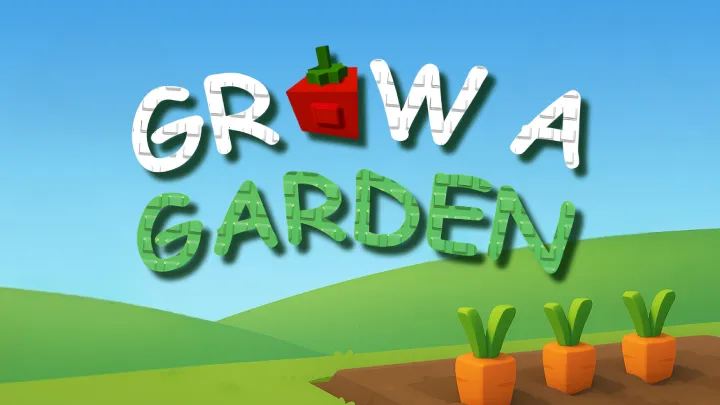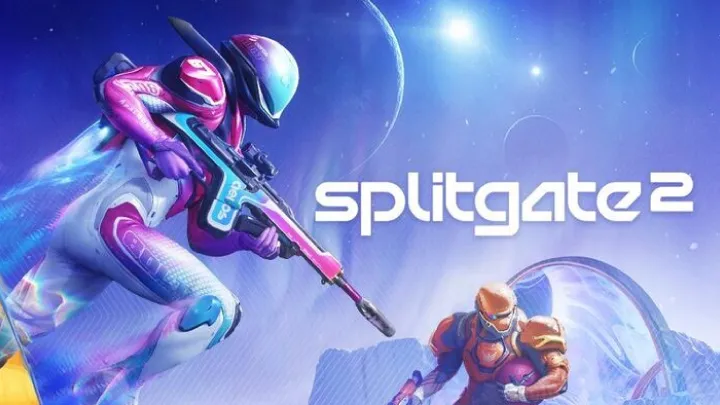Sign language is more than just a way to communicate—it is a bridge that connects people across different worlds. For the Deaf and hard-of-hearing community, it is their primary language, enabling them to express themselves fully. For others, learning sign language opens opportunities for inclusion, empathy, and even new career paths.
With the rise of mobile apps, learning sign language has never been easier. No longer limited to in-person classes or heavy textbooks, anyone can now practice signing anytime, anywhere. Whether you want to communicate with a loved one, pursue a career in interpreting, or simply pick up a new skill, there are excellent apps designed to help you master the basics and beyond.
This article highlights the top apps for learning sign language, exploring their features, benefits, and how they make the journey fun, interactive, and effective.
1. Lingvano: Immersive Sign Language Learning
Lingvano has quickly become one of the most popular apps for learning sign language. Designed to teach American Sign Language (ASL) in a fun and interactive way, it uses bite-sized lessons and real-life conversations.
Key Features
- Short, interactive lessons you can complete in minutes.
- Real-life scenarios to practice practical conversation.
- Video tutorials from Deaf signers for accurate learning.
- Progress tracking and review features.
Why It Stands Out
Lingvano makes learning accessible by breaking down complex gestures into easy-to-follow steps. Its video-based lessons ensure users learn accurate signs, not just illustrations. The conversational approach also helps learners practice real communication, not just memorization.
2. The ASL App: Made by Deaf People, for Everyone
The ASL App is created by Deaf professionals, ensuring authenticity and cultural accuracy. It’s a fantastic choice for those who want to focus on real-world communication rather than academic study.
Key Features
- Over 2,000 signs covering everyday topics.
- Video demonstrations from native signers.
- Themed categories like food, travel, and relationships.
- Slow-motion and loop features to master hand movements.
Why It Stands Out
Unlike other apps that may oversimplify, The ASL App provides rich context, emphasizing culture along with language. It is highly practical, making it ideal for anyone wanting to communicate directly with Deaf friends or colleagues.
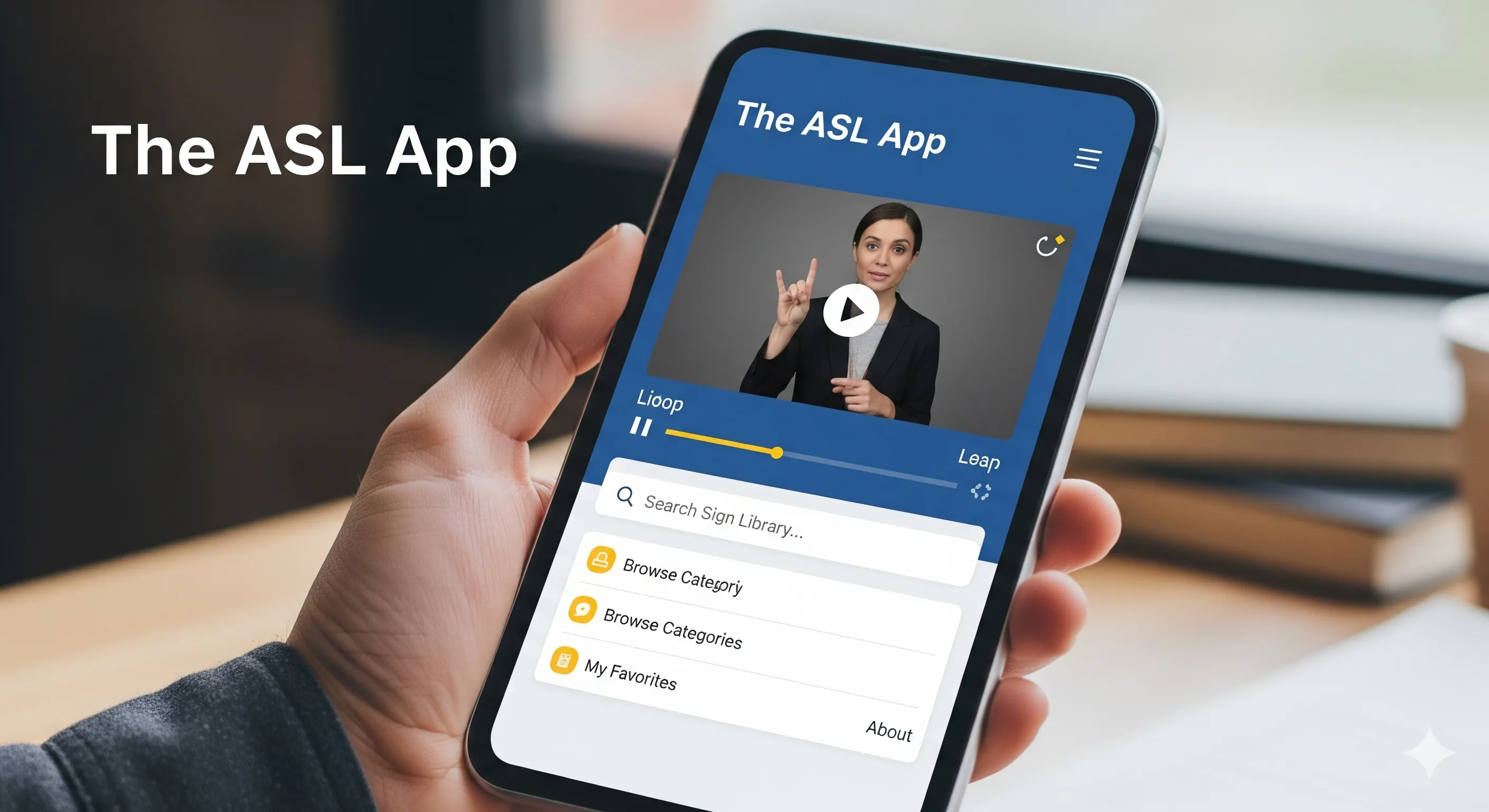
3. SignSchool: Flexible and Interactive Learning
SignSchool is a versatile platform that offers both a mobile app and a website. It’s designed for learners at all levels, from beginners to advanced users.
Key Features
- Thousands of signs across multiple categories.
- Customizable “Sign of the Day” for daily practice.
- Vocabulary games and quizzes for reinforcement.
- Free to use, with optional premium features.
Why It Stands Out
SignSchool’s flexibility is its biggest strength. Learners can jump between topics based on interest, practice daily with quick lessons, or dive deeper with interactive games. The free access makes it one of the most accessible tools available.
4. Marlee Signs: Learn from an Icon
Created by Academy Award–winning actress and activist Marlee Matlin, Marlee Signs is a high-quality app for learning American Sign Language basics.
Key Features
- Instruction directly from Marlee Matlin herself.
- Easy-to-follow video tutorials for beginners.
- Focus on everyday vocabulary and phrases.
- Clear demonstrations with slow-motion options.
Why It Stands Out
Learning directly from one of the most respected Deaf figures in the world adds credibility and motivation. Marlee’s explanations are warm, approachable, and highly effective, making the app perfect for beginners who want a personal touch.
5. SignASL Dictionary: Your Pocket Reference
Sometimes, you just need a quick reference tool. The SignASL Dictionary is designed to help learners look up signs instantly, much like a standard dictionary.
Key Features
- Over 20,000 ASL signs.
- Search by keyword to find the right sign.
- Video demonstrations for each entry.
- Works offline for convenience.
Why It Stands Out
The app isn’t structured like a course but works as a practical companion for learners. Whether you’re in conversation or practicing homework, SignASL is an invaluable tool to have in your pocket.
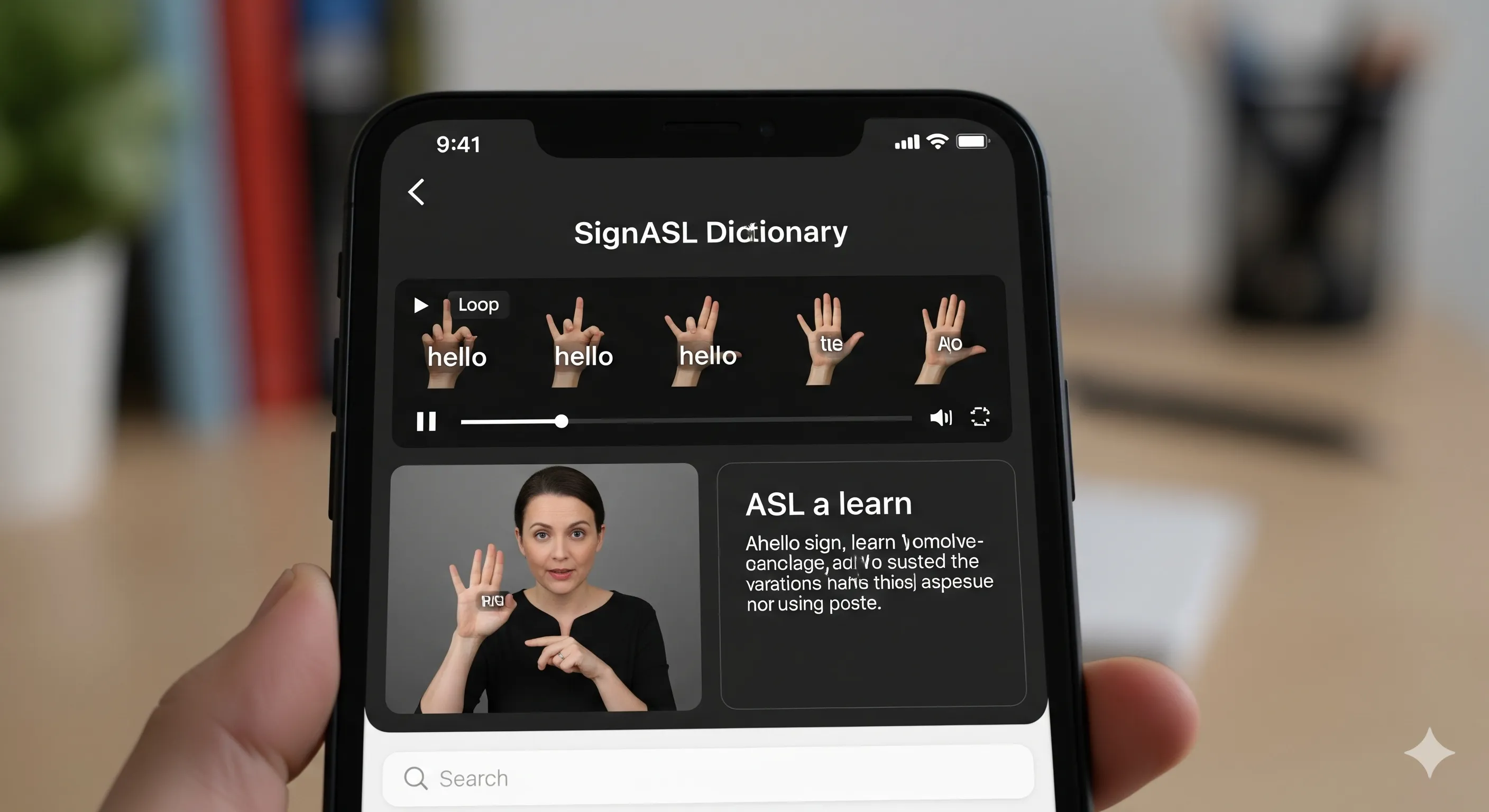
6. Hands On ASL: Gamified Learning Experience
Hands On ASL takes a different approach by combining sign language learning with gamification. Instead of simply watching videos, learners engage through interactive challenges.
Key Features
- Fun games to memorize signs and handshapes.
- Visual and interactive learning style.
- Beginner-friendly introduction to ASL.
- Rewards and achievements to stay motivated.
Why It Stands Out
By making the process fun, Hands On ASL appeals to kids, students, and anyone who struggles with traditional memorization. It turns learning into a playful experience, increasing retention and motivation.
7. Mimix3D: Next-Level Technology for Learning
Mimix3D introduces 3D animated avatars to teach sign language. Instead of watching pre-recorded videos, learners see computer-generated models performing signs in 360 degrees.
Key Features
- 3D avatars that show precise hand movements.
- Translate text and speech into sign language.
- Adjustable camera angles for full clarity.
- Support for multiple sign languages.
Why It Stands Out
The use of 3D technology sets Mimix3D apart. Learners can rotate the avatar to view signs from different angles, ensuring accuracy. This innovation makes it especially useful for self-learners who need visual clarity.
8. Baby Sign Language Apps: Early Communication
For parents, introducing baby sign language can help infants communicate before they can speak. Apps like Baby Sign Language Dictionary and Baby Sign and Learn are designed specifically for families.
Key Features
- Simple signs tailored for young children.
- Illustrations and videos for parents to follow.
- Categories like food, emotions, and play.
- Interactive flashcards for practice.
Why It Stands Out
These apps make parenting easier by reducing frustration for both parents and babies. Teaching signs like “milk,” “more,” or “tired” empowers children to express their needs earlier, strengthening bonds.
9. Deafverse: Learn Through Storytelling
Deafverse is a unique app that blends sign language learning with storytelling and games. It was created by the National Deaf Center to engage learners through interactive adventures.
Key Features
- Story-driven learning with Deaf characters.
- Interactive choices that guide the narrative.
- Lessons on Deaf culture alongside language.
- Free and accessible to all users.
Why It Stands Out
Deafverse is not just about language—it’s about understanding culture, history, and community. Its interactive format keeps learners engaged while teaching real-world communication skills.
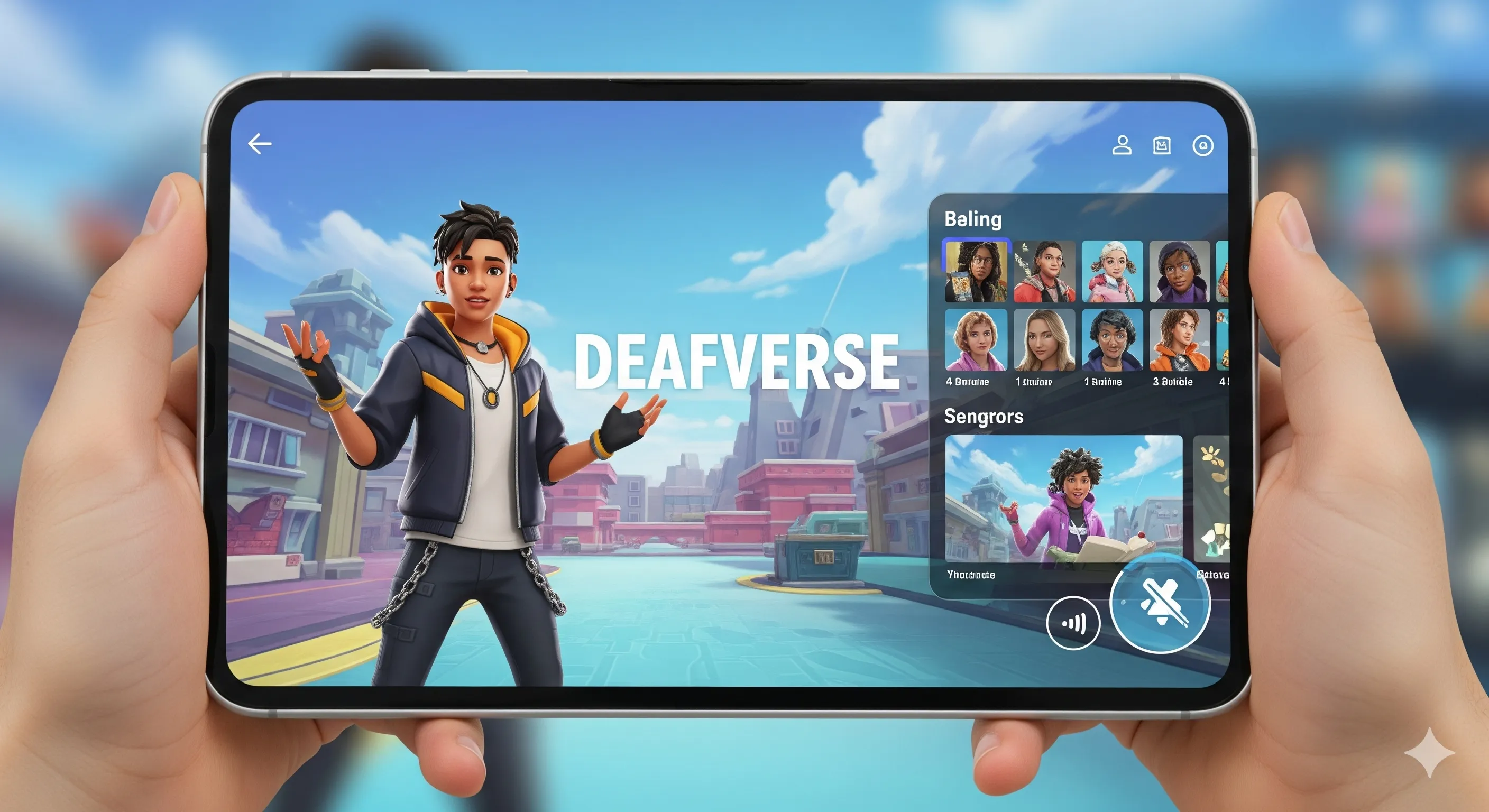
10. YouTube and Free Video Platforms: A Valuable Resource
While not traditional apps, platforms like YouTube host thousands of free sign language tutorials. Channels by Deaf creators provide valuable lessons and cultural insights.
Key Features
- Free access to endless tutorials.
- Content for beginners and advanced learners.
- Variety of sign languages beyond ASL.
- Interactive comment sections for questions.
Why It Stands Out
YouTube is a flexible, cost-free way to supplement learning from other apps. Learners can explore lessons at their own pace and connect with Deaf educators worldwide.
Tips for Mastering Sign Language With Apps
- Practice daily: Consistency is key for memory retention.
- Engage with the Deaf community: Apps are great, but real-life practice is invaluable.
- Combine multiple apps: Use structured courses like Lingvano with reference tools like SignASL.
- Record yourself: Watching your own signing helps correct mistakes.
- Stay patient: Sign language is a skill that requires practice, not just memorization.
The Role of Technology in Sign Language Learning
Technology has transformed how people learn sign language. From AI-driven tools to interactive games, these apps make learning accessible to anyone with a smartphone. They also promote inclusivity by breaking down communication barriers in schools, workplaces, and communities.
The Future of Sign Language Learning Apps
With advancements in AI and augmented reality, the future of sign language apps looks promising. Imagine AR glasses translating spoken words into signs in real-time, or AI tutors giving feedback on your signing accuracy. These innovations will make learning faster, more accurate, and more engaging.
Conclusion
Sign language is not just a skill—it’s a powerful way to foster connection and inclusivity. Thanks to modern apps, anyone can start learning today, regardless of location or experience level.
From Lingvano’s immersive lessons to Mimix3D’s cutting-edge avatars, these tools make the journey engaging, practical, and effective. Parents can teach babies early communication, professionals can expand career opportunities, and everyday learners can connect with the Deaf community.
In 2025 and beyond, these top apps for learning sign language will continue to shape how people communicate, ensuring that language and understanding remain truly universal.









